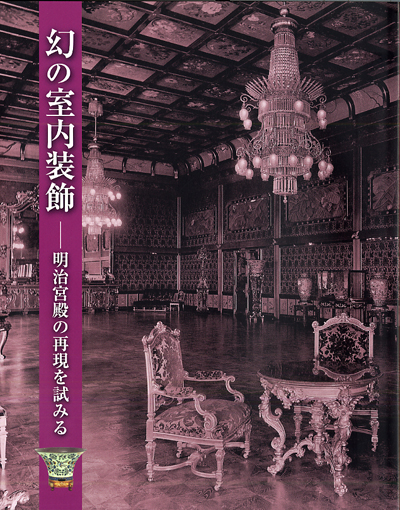| image | information |
|---|---|
 |
The Meiji Palace constructed in 1888, was a palace with Japanese style exteriors and Western style interiors basically with western chairs, and interior decorations. This was because it was constructed in conscious of the west, as a central structure where official national events were to be carried out, when Japan beginning its modernization in the new Meiji era, was to act as a member of the world through diplomatic relations. Within the vast construction project carried out by the government and the people united, the interior designs of the Meiji Palace were created making the best of traditional Japanese designs and superior techniques, adding new western designs and techniques. Furthermore, the furnishings to adorn the interiors such as vases, etc., were created by artists and techniques representative of the era. The Meiji Palace was also a symbol of the modernization of the nation, and played an important and influential role showing a guideline within Japanese art history, to the artists and artisans who were searching for their due courses, when tradition and renovation of techniques and designs were in a chaotic situation. During the 57 years after its construction until it was destroyed in May 1945, the Meiji Palace witnessed the great transition of Japan, and supported the Imperial family’s activity. Over 60 years have past since it was lost, and those that actually know the Meiji Palace have become few. In the present day, when its existence is gradually becoming forgotten, we would like to turn a spotlight on the Meiji Palace, through documents and materials of the time, and art works still existing. Within our limited gallery space, we attempt to reproduce the interior of the Front Palace of the Meiji Palace, and hope our visitors can understand that the Meiji Palace was a new starting point of the modern era. |